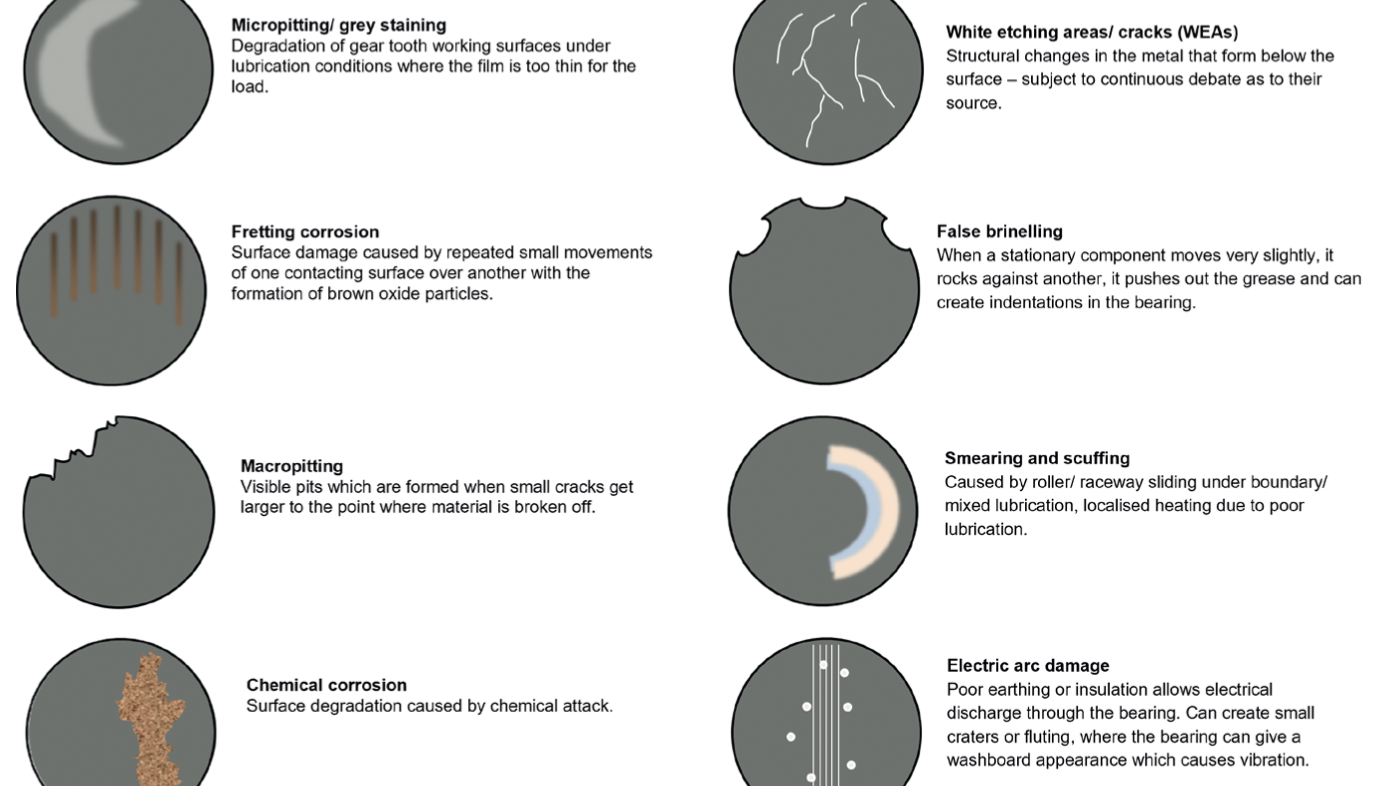Around the year 2000, wind turbines of around 1MW and 70m in diameter were common but 20 years later, giants are now being installed. This is especially so offshore, where barriers to installation are lessened. Siemens Gamesa’s latest 14MW offshore wind turbine, with its 222-meter rotor diameter, dwarfs its immediate predecessors and even larger turbines
are planned1.
A 14 MW wind turbine can power around 9,000 homes and so as wind turbines get larger, the effect of any breakdown is magnified by the immediate loss of significant generating capacity. Wind farm owners want to maximise their return on investment and so want to have turbines with the best possible uptime, reduce maintenance and replacement costs, and to minimise any failures and unplanned maintenance.
Historically, wind turbines have had reliability issues, with multiple studies indicating both gears and bearings having a significant impact on reliability2,3,4. While improvements have been made, a recent review found that gearbox problems could be attributed to about 0.2 and 0.6 failures per wind turbine per year onshore and offshore respectively5. This means for a farm of 500 turbines, one wind turbine gearbox can be expected to fail onshore, and about three offshore in any one 5-year period.
Costs come not just from the need to replace the failed part, but also from the downtime, the labour, planning and logistics. One study estimated the total cost to replace a gearbox to be more than €250,000 with additional costs if the gearbox has to be sent off site to be refurbished and then re-installed at a later date6.
Why wind turbine gears and bearings fail
There are multiple reasons for failures and can include:
1. High costs of maintenance: one insurer reported that 25% of all insurance claims are linked to poor maintenance with high costs cited as a reason why owner/ operators skip essential work7.
2. Extreme forces within individual components, coupled with massive variations in output, can cause loads to be concentrated on specific areas, putting additional strain on already stressed parts.
3. Environmental factors such as rain and salt ingress contaminating lubricating oils and greases.
4. Extreme temperature changes altering seal performance.
These factors can cause specific wear patterns to develop; figure 1 details some of the main damage and failure modes within wind turbine gears and bearings.
More modern turbines have software to monitor their performance so potential issues can be spotted earlier. But what are the options to repair equipment once potential or actual damage has been identified? One option that has already been applied to more than 3000 turbines globally is to use REWITEC™ as an alternative to repair, replacement or taking the wind turbine out of service completely.



























